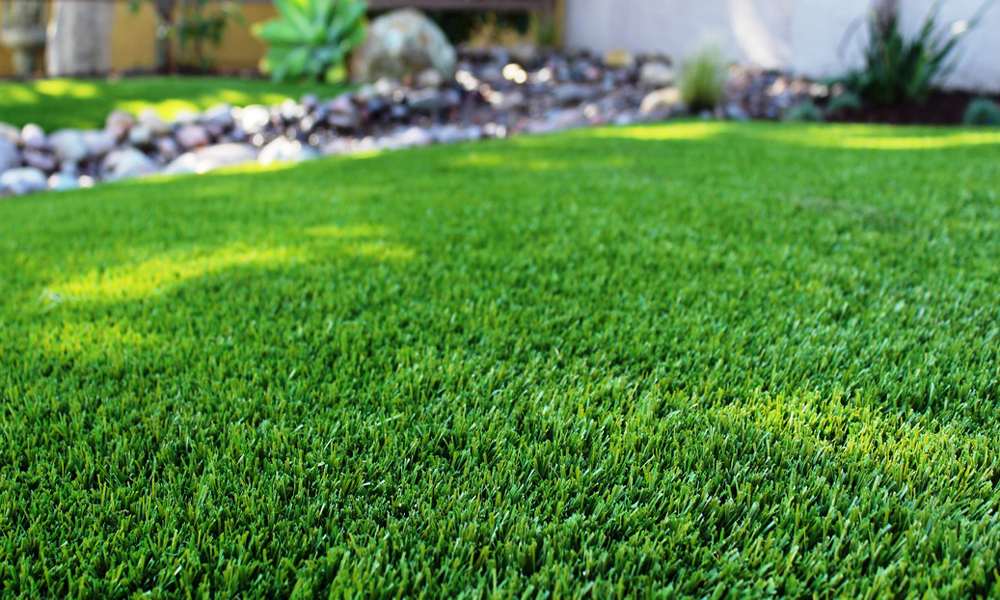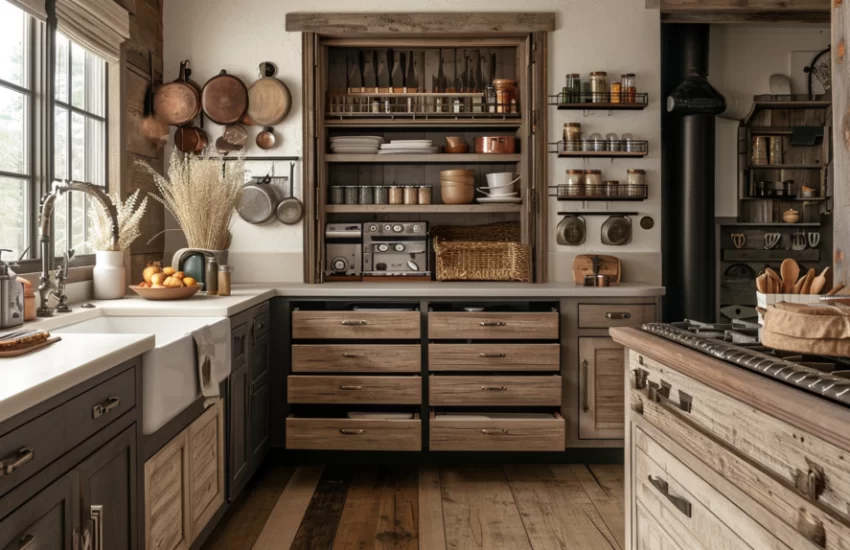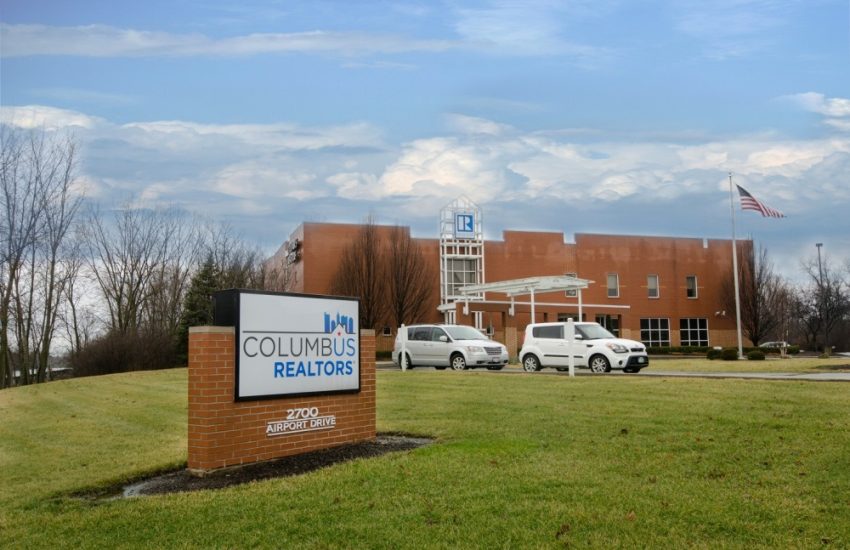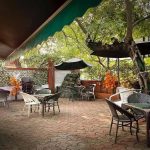What Is Artificial Grass and Its Benefits?
artificial grass, also known as synthetic turf, is a man-made surface made from synthetic fibers that look and feel like natural grass. It is used for a variety of different applications, ranging from sports fields and landscaping to playgrounds and pet areas. Artificial grass is manufactured in various styles and colors to give a realistic look and feel. – Low maintenance: Artificial grass requires less maintenance than natural grass, as it doesn’t need to be mowed, fertilized, or watered. – Durable: Artificial grass is more durable than natural grass, as it is not susceptible to drought, diseases, or pests. – Cost-effective: Artificial grass is more cost-effective than natural grass, as it doesn’t require the same amount of money to be maintained. – Eco-friendly: Artificial grass does not require the use of chemicals, pesticides, or fertilizers. – Versatile: Artificial grass can be used in both indoor and outdoor settings. – Soft: Artificial grass is softer than natural grass, making it more comfortable to walk on.
The Different Types of Artificial Grass
- Nylon: This is the most durable type of Artificial grass and is also the most expensive. It is ideal for areas with heavy foot traffic.
- Polyethylene: This is a lightweight option that is less expensive than nylon. It is resistant to fading and is great for areas with moderate foot traffic.
- Polypropylene: This is the least expensive option and is ideal for areas with light foot traffic.
- Polyurethane: This type of artificial grass is ideal for areas with high foot traffic because it is very durable and resists fading.
- Fake Turf: This type of artificial grass is designed to look and feel like real grass. It is less expensive than other types of artificial grass and is ideal for areas that need a more natural look.
How to Install Artificial Grass
Artificial grass is a great way to add a splash of color and texture to any outdoor space. It is also a great way to save money on lawn care. Artificial grass is a low-maintenance, durable, and long-lasting option that looks great year-round. It is available in a variety of styles, colors, and textures to suit any style or budget. Artificial grass can also be used in areas where real grass would not grow, such as on rooftops or in areas with heavy foot traffic. It is also a great solution for pet owners, as it is pet-friendly and can help keep pet odors away.
- Clear the area where you plan to install the artificial turf. Remove any existing vegetation, rocks, and other debris.
- Level the surface using a shovel, rake, or tamping machine.
- Spread a sheet of weed fabric over the area. Staple the fabric to the ground using a staple gun.
4. Install a drainage layer of crushed stone or gravel over the weed fabric. - Install the artificial turf. Lay it down in sections and secure it with landscape staples.
- Cut the turf to fit the area.
- Install edging around the perimeter of the turf to help keep it in place.
- Add sand or rubber infill over the turf. This helps to give the turf its realistic look and feel.
- Brush the infill into the grass blades with a broom.
- Water the area to help the infill settle and the turf to lay flat.









